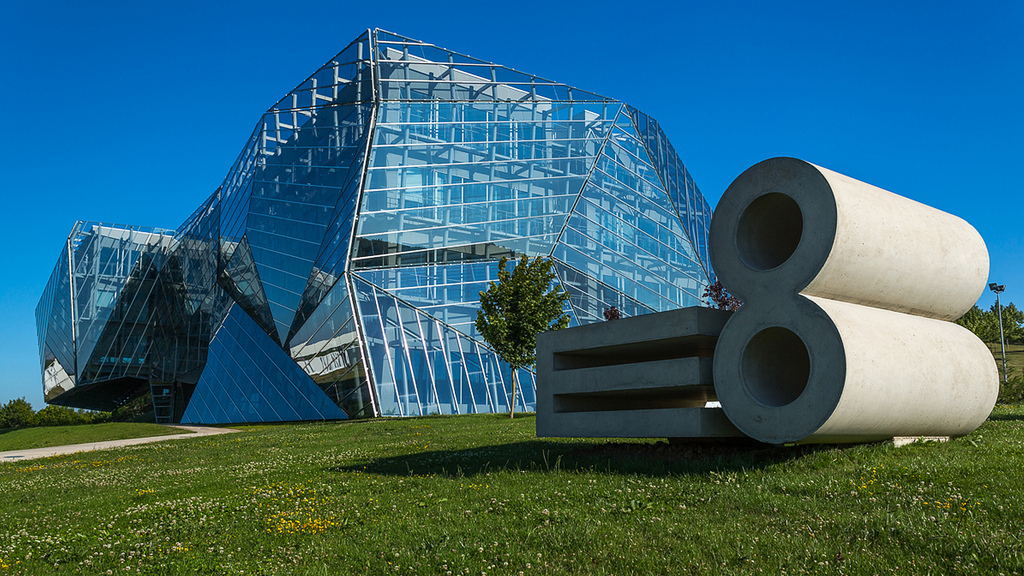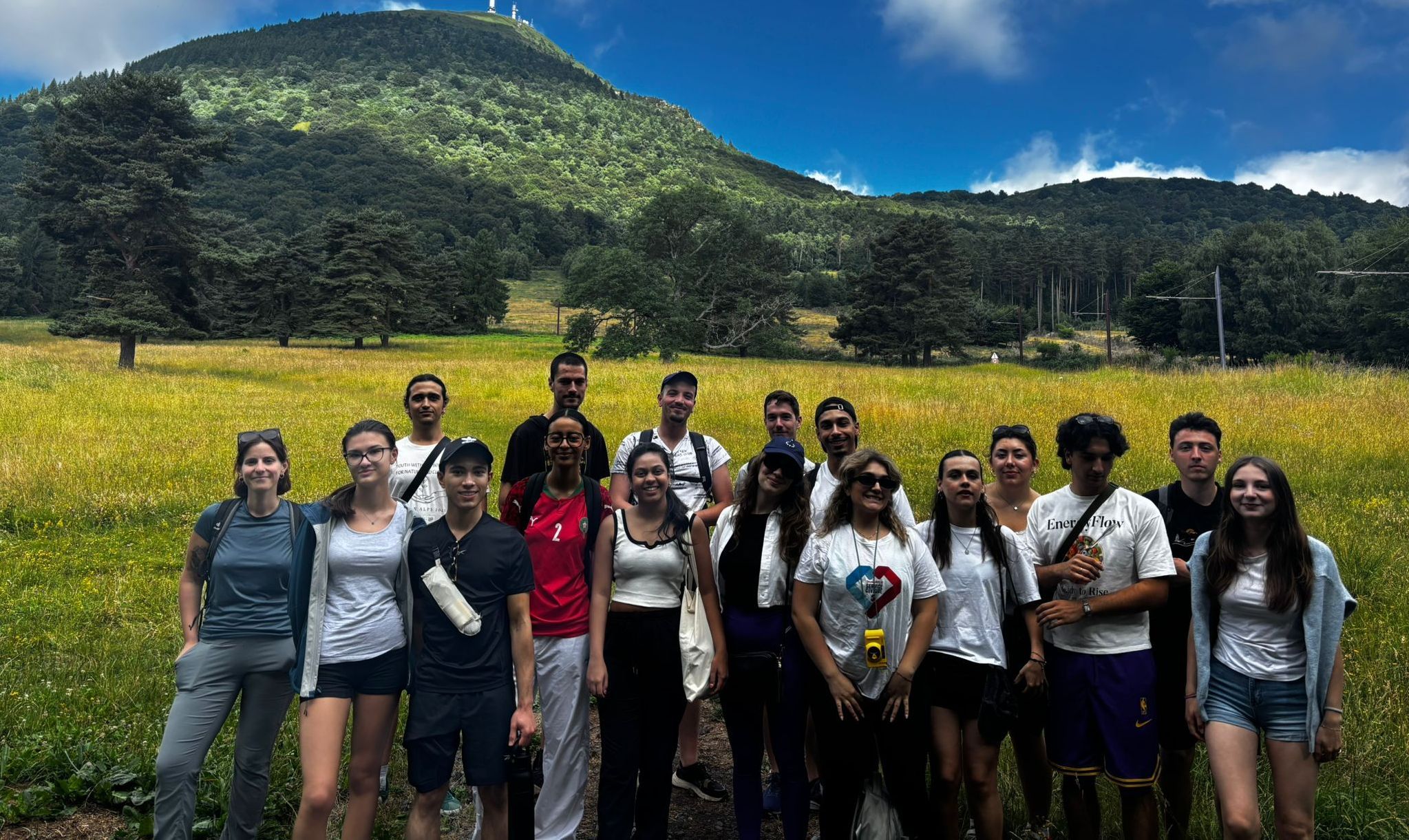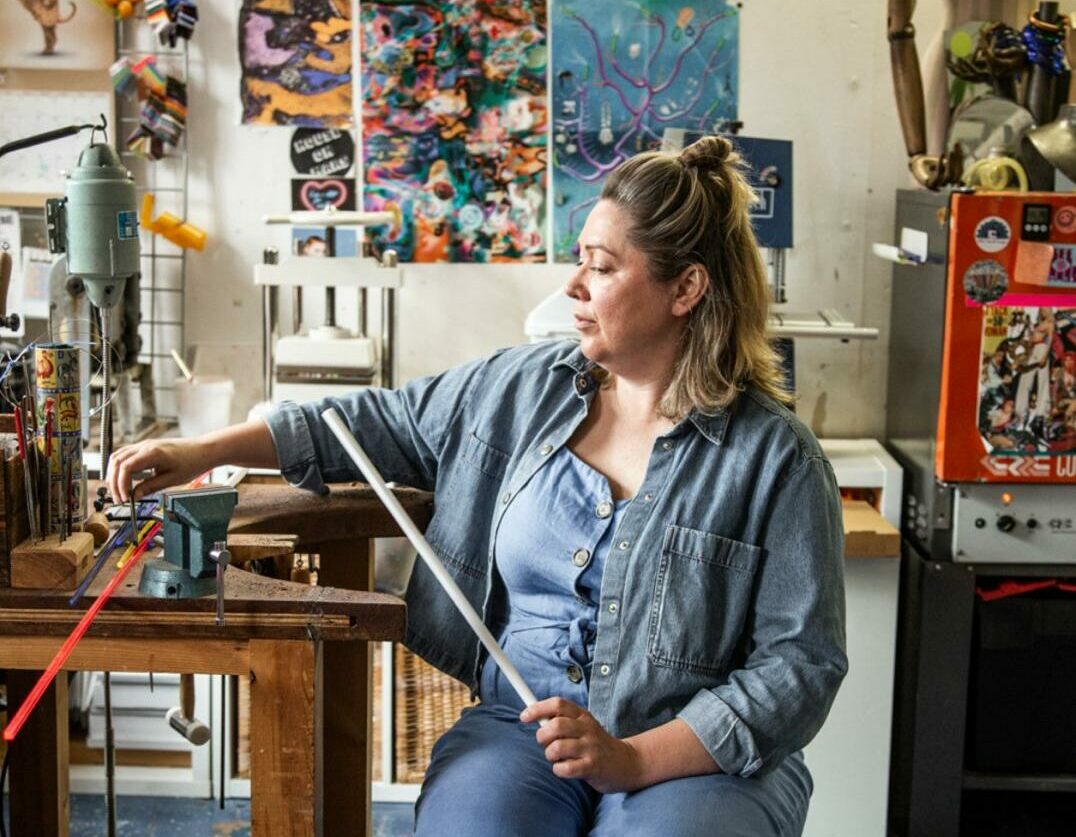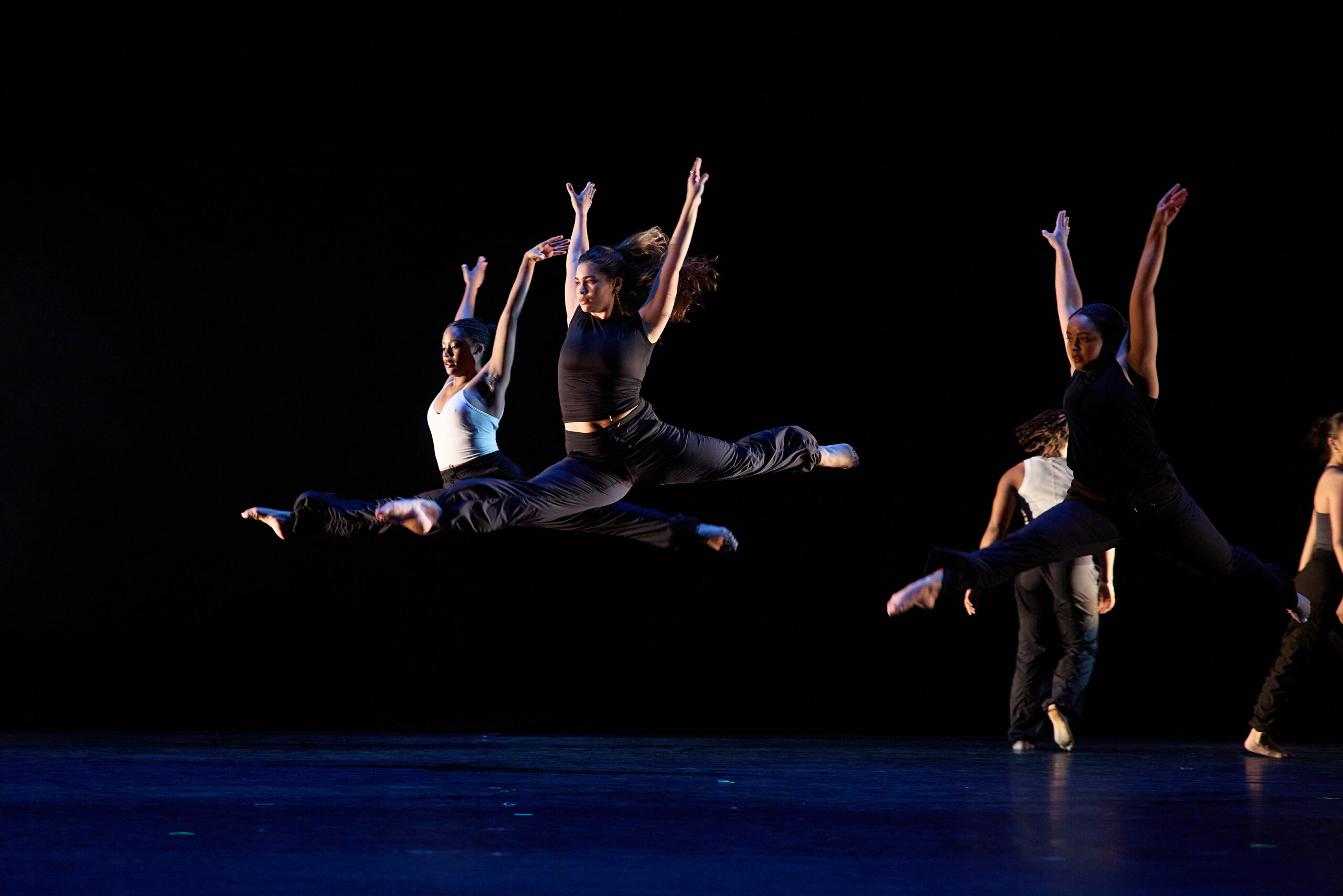Focus on Cuneo
| Cuneo is the “Green capital” of the Piedmont Region in Italy, thanks to its natural position between 2 rivers (Gesso and Stura), near the mountains. Cuneo also benefits from the sustainable initiatives taken by the city and its citizens. It is located 95 kilometers South from Turin. The town is also dubbed “the city of the 7 sieges”, since Cuneo was conquered many times in its history. |
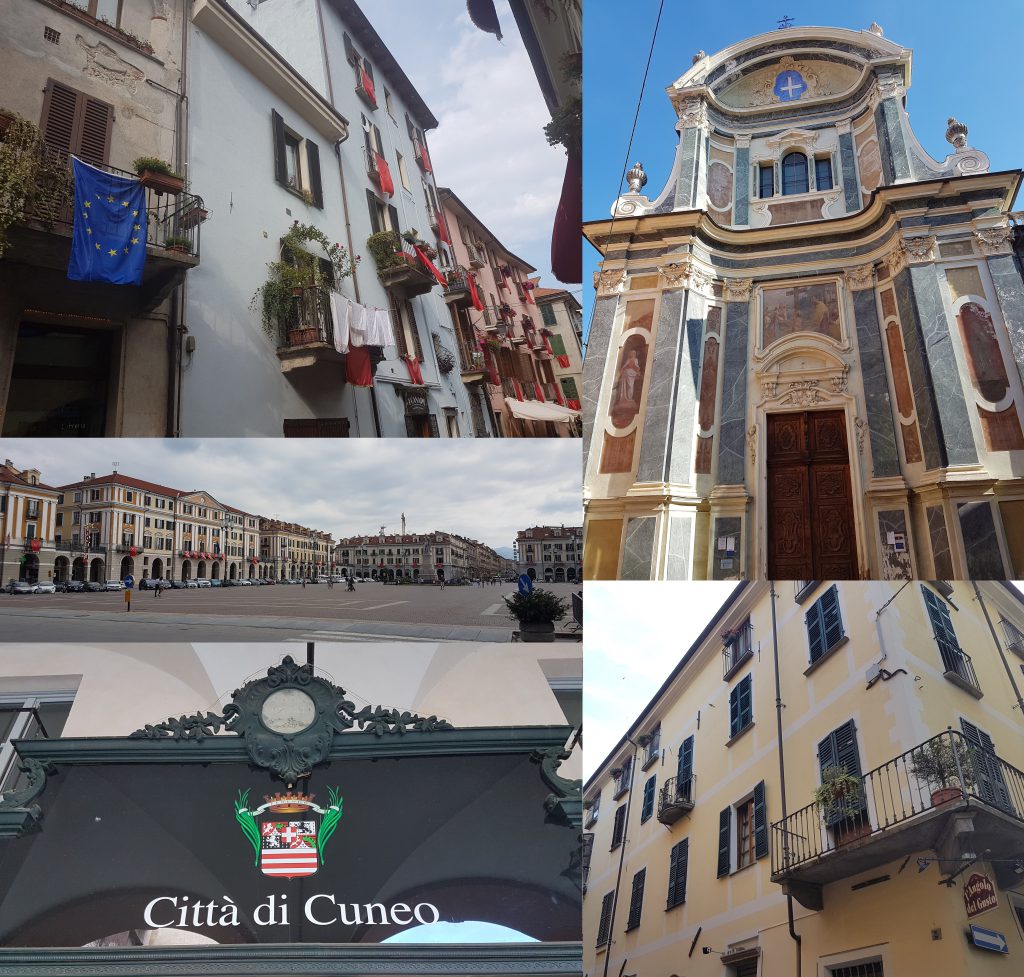
The city of Cuneo (Italy) explores new cooperation possibilities envisioned during the 2nd INMC Conference in Vitoria-Gasteiz, in March 2019.
A delegation from Clermont-Ferrand visited Cuneo from July 16 to 18, 2019.
Olivier Bianchi and Federico Borgna, Mayors of Clermont-Ferrand and Cuneo, along with several deputy Mayors of both cities, were able to learn about each other’s cities and public policies. The agenda allowed to discover Cuneo’s center, to visit the Michelin factory, to work in the City hall and to see the silk factory.
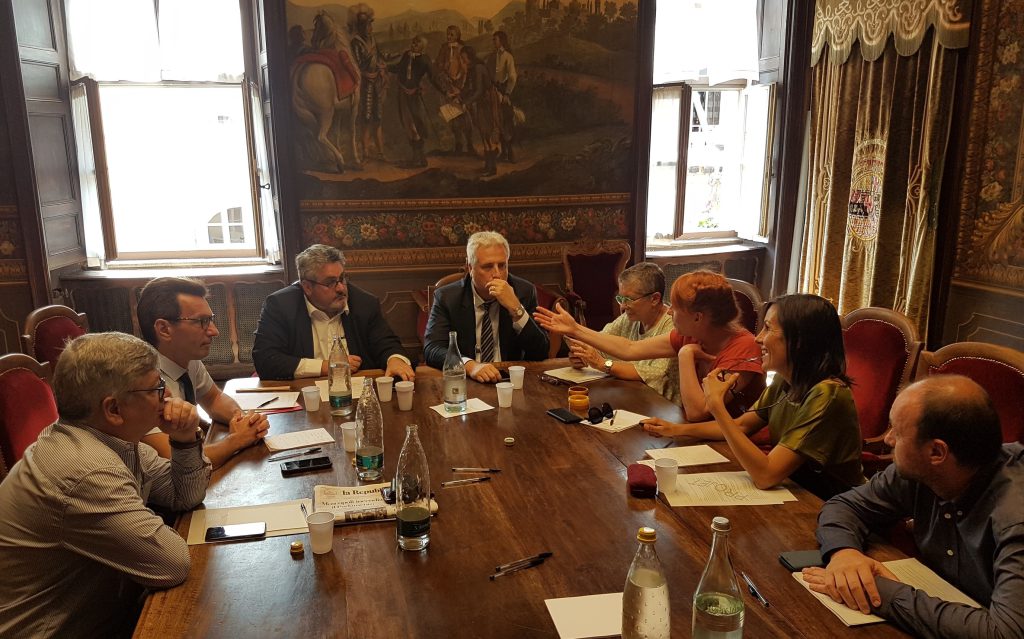
During the visit of the Management and Economy Campus (part of Turin University), Professor Giuseppe Tardivo, co-founder of the campus and Milena Viassone, campus coordinator; explained the various cooperation possibilities. In addition to creating a double diploma, the main project will entail the launch of a University network and a European University constituted by: Cuneo, Clermont-Ferrand, Regensburg and Oviedo.
The City Mayor of Cuneo, Federico Borgna, emphasized the fact that his city is part of the European Union and highlighted that the INMC initiative is perfectly aligned with Cuneo’s policy, which aims to spark international cultural growth.
The idea of an INMC University network was born during the last conference in Spain.
INMC was conceived to inspire one another taking into account our different experiences in order to foster economic development, various exchanges, added-value for territories and an resourceful network.
The higher education dimension was given by Cuneo, thanks to Giuseppe Tardivo who was the first to claim we are ready.
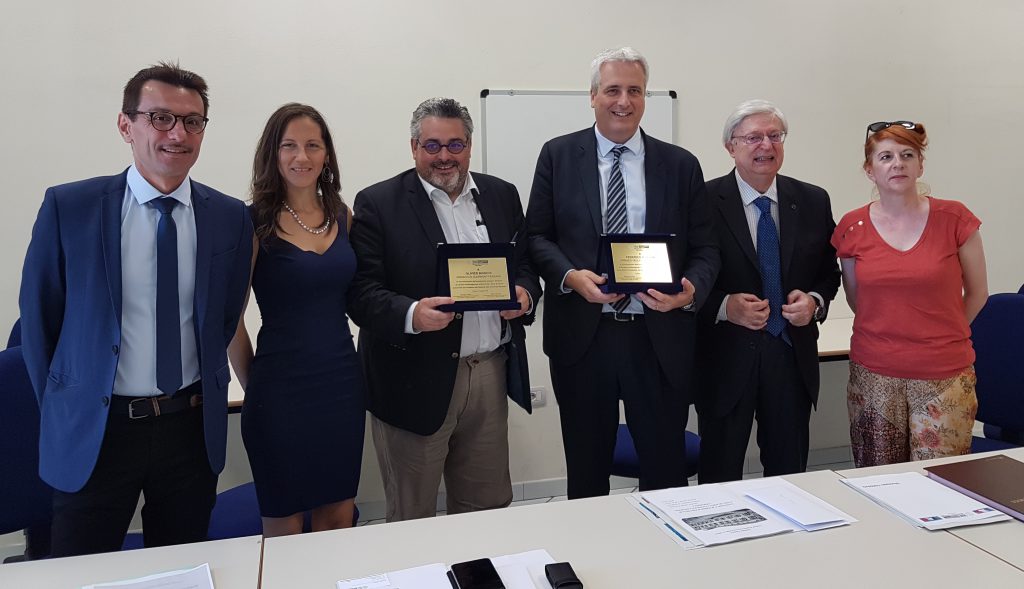
Beyond university cooperations, a lot of collaborative projects between these two cities have been envisioned. In fact, of the main fields where cooperation projects are envisioned is culture. Both cities will support each other in the application process of the European Capital Culture for Clermont-Ferrand and the Italian Capital Culture for Cuneo.
Cuneo intends to candidate for UNESCO World Heritage for its historical center. Also, the International Festival of Extraordinary Textiles which takes place one year in Clermont-Ferrand, one year abroad, could take place in Cuneo in the future, since there is a recently renovated silk spinning factory in the region. A visit of the silk factory was carried out on that same day.
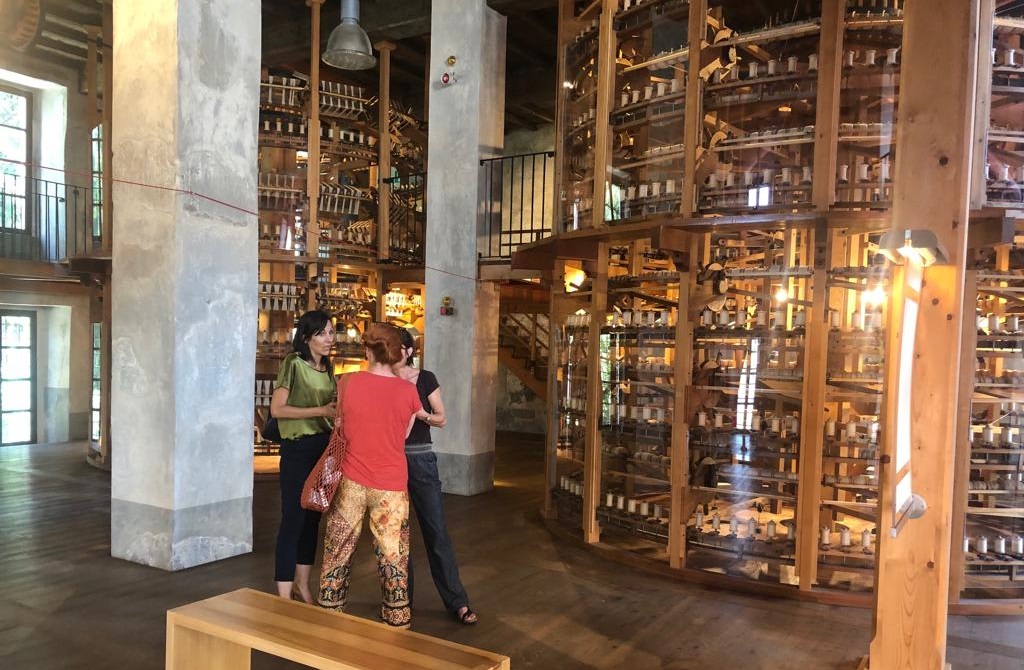
Many common points have been identified between Cuneo and Clermont-Ferrand, such as the fact that they both are industrial cities. On the 21 cities of the Metropolitan area of Clermont-Ferrand, there are 250 hectares of industrial wasteland to convert, while Cuneo is one of the biggest production sites in Europe for light-vehicle tires, with 2200 employees and an area of over 1 million square meters. It is important to point out that Italy was the first foreign country where Michelin developped outisde of France, creating in 1906 its first factory in Turin and in 1961 the one in Cuneo.
In the cultural fields, the Palazzo Santa Croce is very similar to the Hôtel-Dieu in Clermont-Ferrand, since they’re both classified monuments to be converted in public library in the future. That’s why Cuneo asked Clermont-Ferrand to join the Interreg Central Europe project “ForHeritage“, since then, as a stakeholder.

